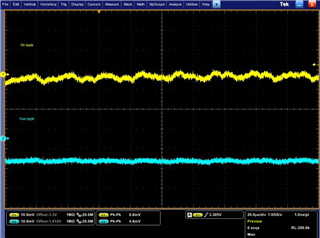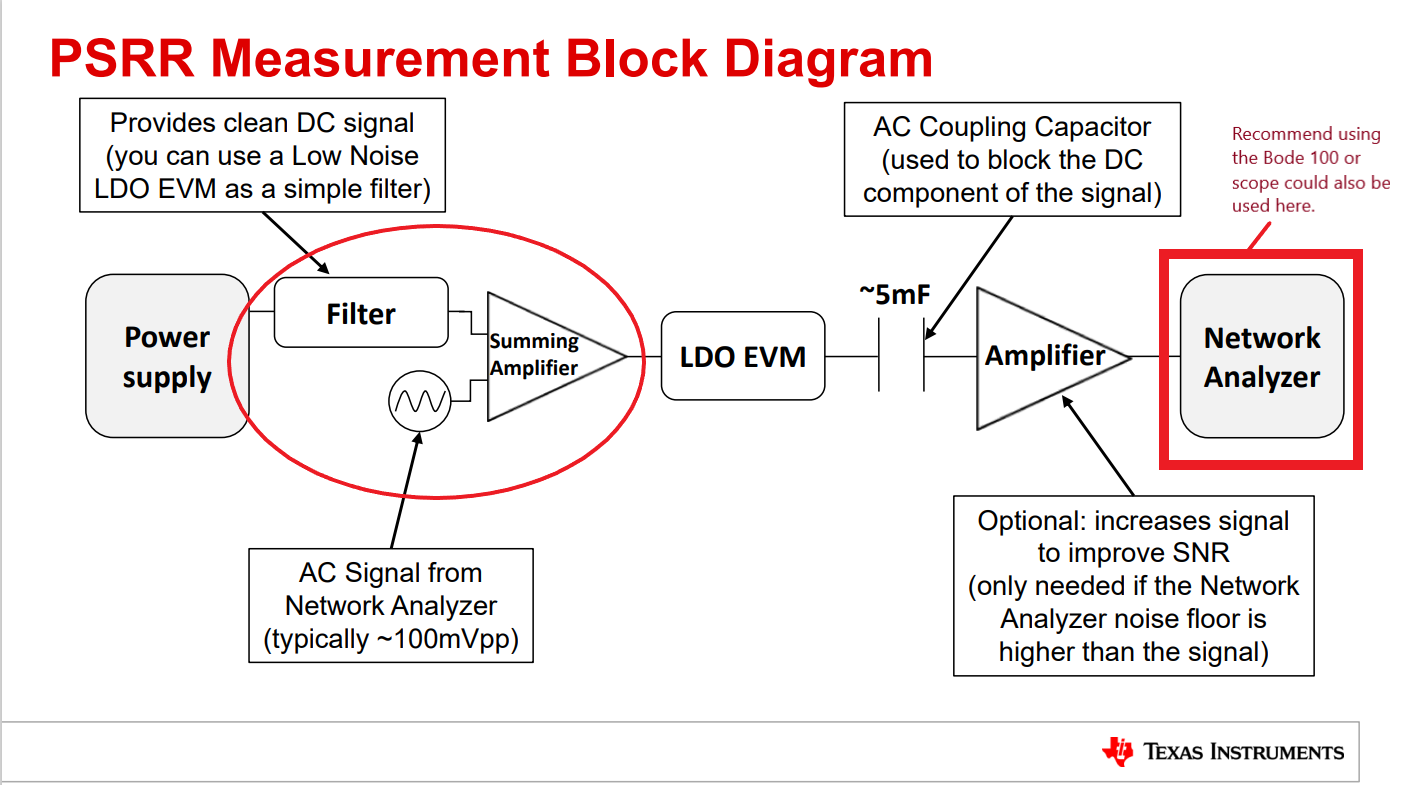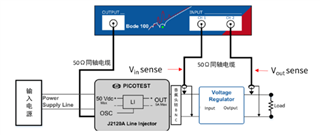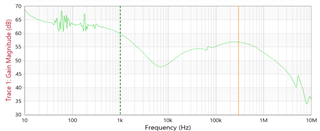Other Parts Discussed in Thread: THS3120
Hi Expert,
I have some questions need you help to confirm as below:
1. I saw typical value show in the DS as below, could you help to know the Min & Max value as well? because customer would to verify PSRR on their board and make sure the test result is pass our criterial.
2. For PSRR test , customer will add VAC from function generator, the VAC should be sine wave of signal, right?
3. Due to customer not prefer to use "AP" for PSRR test, which can be scan Frequency domain VS Gain, so do you have recommend frequency to check PSRR? just like 1kHz, 10kHz ..or others you suggest.
4, Do you have PSRR test report could to share with customer?
Regards,
Mark





